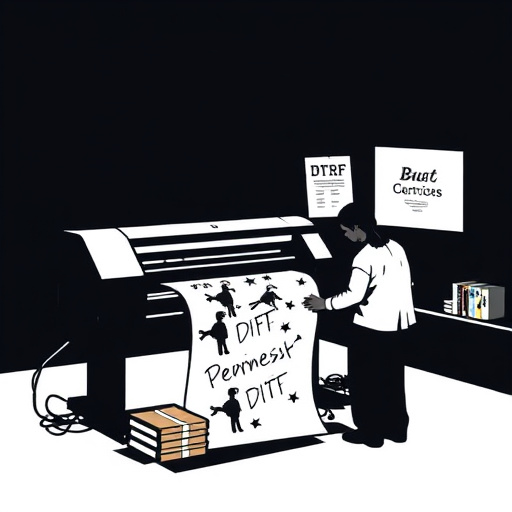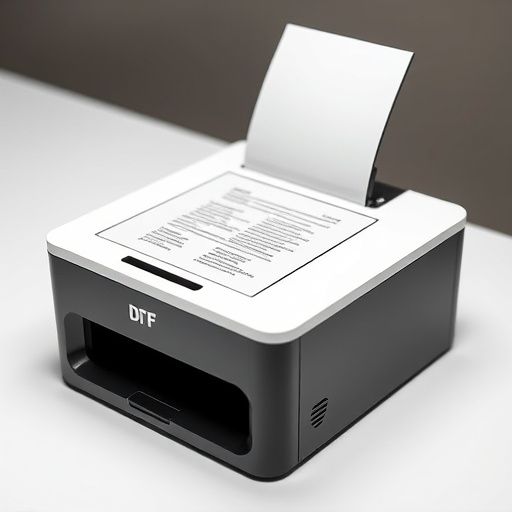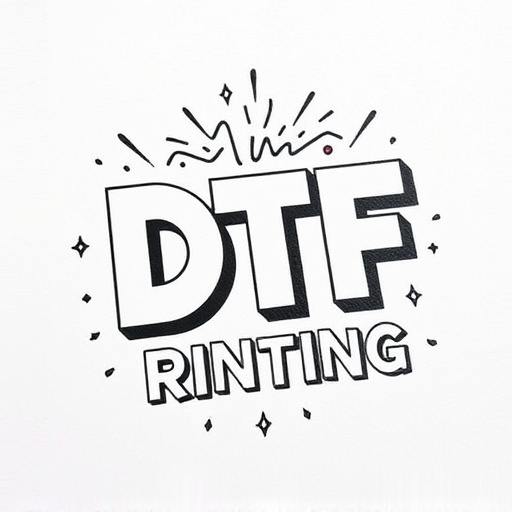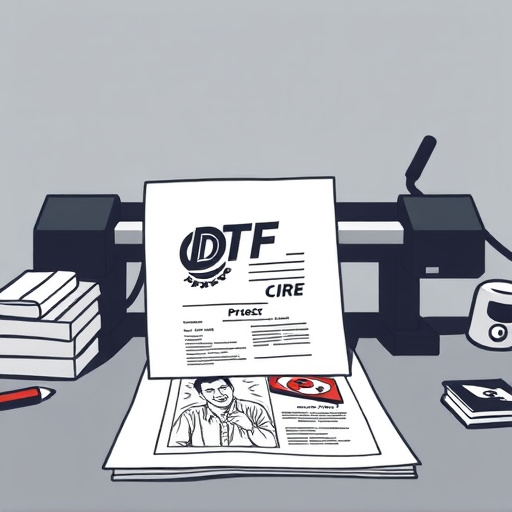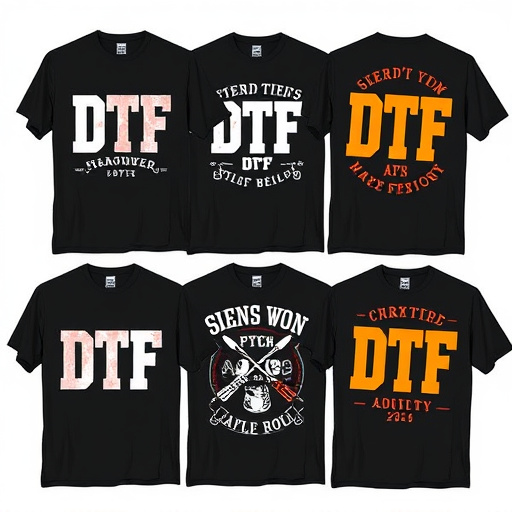DTF Transfer Sheets are essential tools for printing enthusiasts and professionals, offering step-by-step guidance to achieve high-quality designs on fabrics. By using these sheets, users can easily overcome application issues like poor print quality and misaligned designs through a straightforward process. They provide consistent results, making it accessible for both experts and hobbyists to create personalized, visually appealing products. This method streamlines problem-solving, ensuring accurate reproduction of intricate details and vibrant colors from artwork to fabric or material.
DTF Transfer Sheets have emerged as a powerful tool in troubleshooting application issues. This article explores their role in identifying and resolving common problems efficiently. By understanding how DTF sheets capture and analyze data, you can leverage them to navigate complex application landscapes. We’ll guide you through the process, from recognizing issue patterns to implementing effective solutions, ensuring your applications run smoothly.
- Understanding DTF Transfer Sheets and Their Role in Application Troubleshooting
- Common Application Issues and How DTF Transfer Sheets Can Help
- Step-by-Step Guide to Using DTF Transfer Sheets for Effective Issue Resolution
Understanding DTF Transfer Sheets and Their Role in Application Troubleshooting
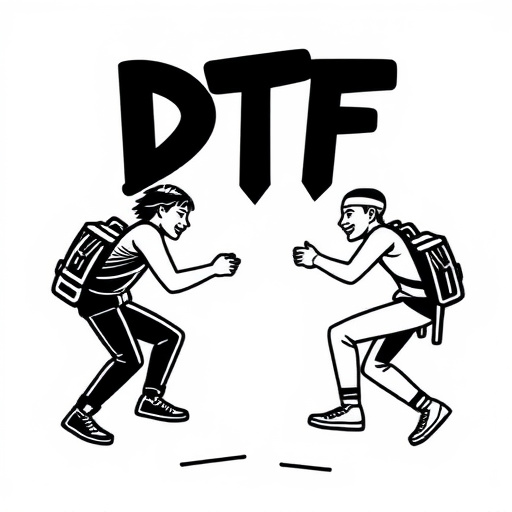
DTF Transfer Sheets are a crucial tool for troubleshooting application issues in various applications, especially in the realm of garment printing. These sheets play a pivotal role by providing precise and efficient guidance on how to prepare and apply designs to fabrics. By following the detailed dtf application instructions outlined on these sheets, users can ensure that their artwork transfers are accurate and consistent, thereby minimizing errors and enhancing overall print quality.
Understanding how DTF Transfer Sheets work is essential for any user looking to master the art of dtf garment printing. The process involves carefully aligning the transfer sheet with the fabric, heat pressing it in a controlled environment, and then gently peeling off the sheet to reveal the transferred design. This meticulous approach ensures that intricate details and vibrant colors from the dtf artwork transfers are precisely imitated on the final printed garment, creating a visually stunning and long-lasting result.
Common Application Issues and How DTF Transfer Sheets Can Help
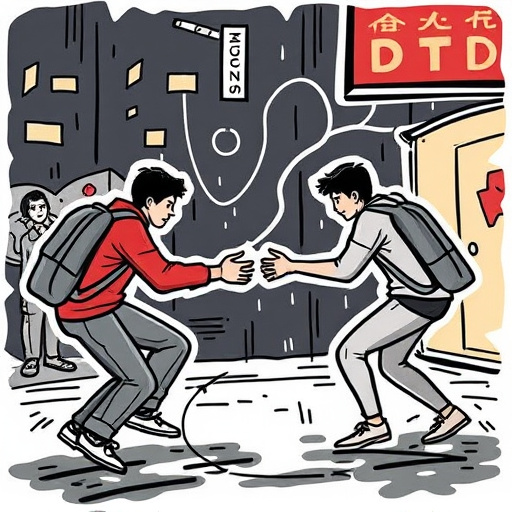
Application issues are a common challenge for users of digital design tools and printing technologies. Problems like poor print quality, misaligned designs, or inconsistent color rendering can arise from various factors, including software glitches, hardware malfunctions, or improper settings. These issues can be particularly frustrating when creating custom designs or transferring them to materials like textiles or ceramics.
DTF (Direct-to-Fabric) Transfer Sheets offer a practical solution to these common problems. By using pre-printed DTF sheets that you can upload and customize with your own gang sheet, users gain a straightforward way to ensure consistent and high-quality prints. This method eliminates the need for intricate calibration and setting adjustments, making it accessible for both professionals and hobbyists. Additionally, DTF print quality is generally superior to other methods due to the precision of the printing process, resulting in vibrant and detailed designs on various substrates. Custom DTF transfers further expand possibilities, allowing users to create unique, personalized products with ease.
Step-by-Step Guide to Using DTF Transfer Sheets for Effective Issue Resolution

Using DTF Transfer Sheets for issue resolution is a systematic process that ensures efficient problem-solving. First, prepare your workspace by gathering all necessary materials including clean transfer sheets, your application software, and access to printing capabilities. Select the specific design or artwork you wish to troubleshoot from within your software, ensuring it’s at 100% zoom for precise editing.
Next, carefully print your design onto the DTF transfer film using a high-quality laser printer. Ensure proper alignment and positioning. Once printed, place the transfer film onto the DTF transfer sheet, aligning them precisely. This critical step guarantees accurate color reproduction during application. Finally, follow your software’s instructions to apply heat to the transfer, fusing the design into the fabric or material of your choice. This method is particularly effective for resolving issues related to dtf custom apparel, dtf transfer film, and dtf design transfers.
DTF Transfer Sheets emerge as indispensable tools in navigating complex application troubleshooting. By systematically mapping and resolving issues, these sheets offer a structured approach to identifying root causes and implementing effective solutions. Armed with this knowledge, developers and IT professionals can efficiently tackle common challenges, enhance application stability, and ultimately provide users with seamless experiences.








